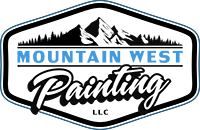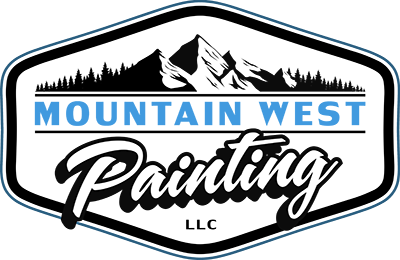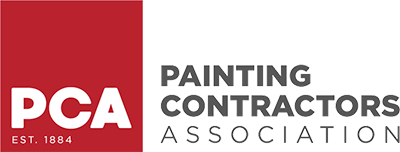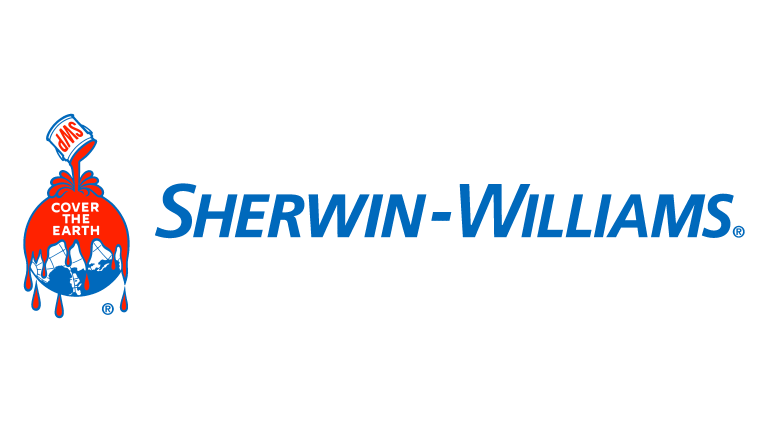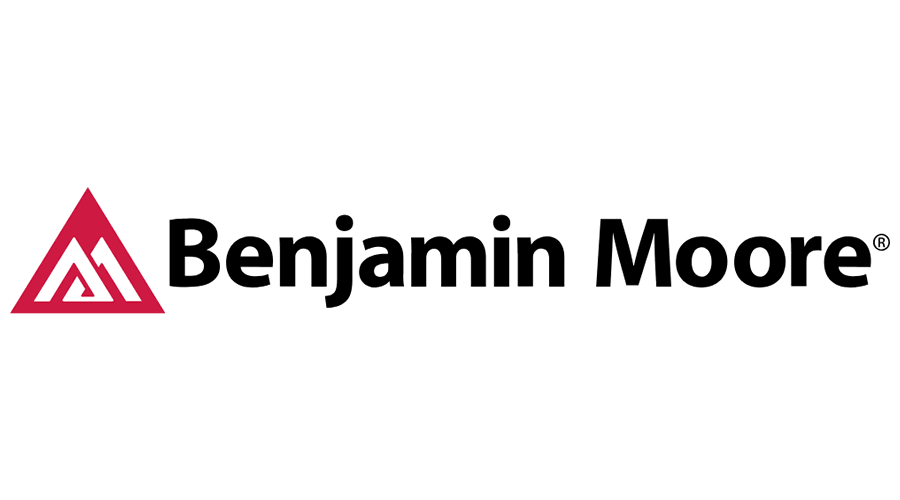Why exterior paint types matter..?
When people ask what kind of paint should I use on my home’s exterior, they’re really asking a bigger question: how do I make this investment last in Littleton, CO’s weather?
Exterior paint types aren’t just about looks. They impact how well the paint sticks to siding, resists water, fights mildew, and keeps its color under Colorado’s intense sun. Choosing wisely saves money and keeps your home’s curb appeal strong for years.
The options can feel overwhelming at first glance. Latex, acrylic, oil, and even masonry-specific paints all claim durability. Each has strengths and weaknesses depending on whether you’re painting siding, stucco, brick, or trim around a window.
This guide will break them down so you can see what fits your home best.
Key Takeaways:
- Acrylic paint is one of the most durable exterior paint types, perfect for Colorado’s shifting temperatures.
- Latex paint offers easy cleanup, lower VOCs, and comes in popular finishes like satin and eggshell.
- Oil-based paint still has strong adhesion for trim and doors but is less common today due to higher VOCs.
- Climate in Littleton, CO plays a big role: stucco, siding, and brick each require different paint approaches.
- Proper prep like cleaning, priming, and scraping old paint is just as important as choosing the right product.
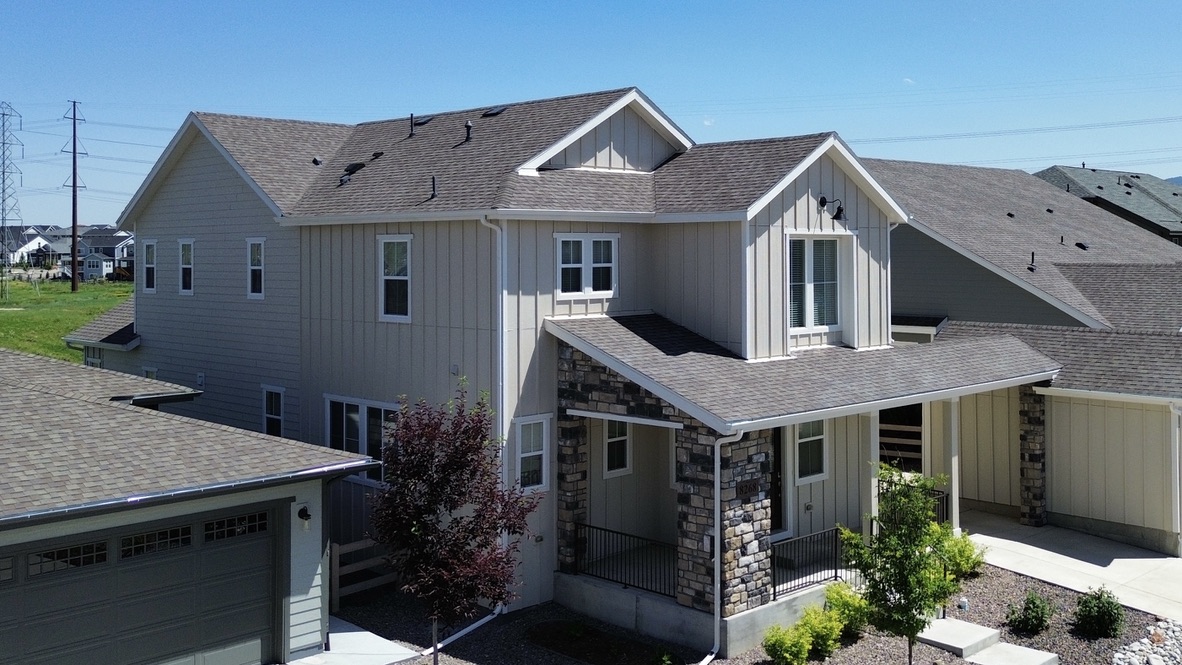
1. Acrylic Paint: A Flexible Favorite
Acrylic paint has become one of the most trusted exterior paint types for Colorado homes. It’s water-based, but with added resins that make it flexible and highly durable. That flexibility is key in Littleton, where homes face both freezing winters and hot, dry summers.
Pros of Acrylic Paint:
- Expands and contracts with temperature swings
- Excellent adhesion on siding, stucco, and masonry
- Long-lasting color that resists fading
- Better resistance to mildew compared to older paints
Cons of Acrylic Paint:
- Higher price point compared to standard latex paint
- May require a good primer for slick surfaces like metal doors
When paired with a strong primer, acrylic paint can protect surfaces ranging from a porch railing to an entire stucco-type finish. It’s also commonly used for specialized needs, such as paint for exterior metal door projects.
2. Latex Paint: The Reliable Everyday Choice
Latex paint (sometimes referred to as waterborne paint) is one of the most common exterior house paint types. Homeowners like it for its easy cleanup with water and low odor. Contractors rely on it for its smooth application and shorter drying times.
Pros of Latex Paint:
- Environmentally friendly option with lower volatile organic compound (VOC) levels
- Dries quickly, which helps with unpredictable weather
- Resistant to cracking and peeling when applied with the right coat
- Comes in popular finishes like eggshell, satin, and semi-gloss
Cons of Latex Paint:
- Doesn’t always adhere well to glossy or previously oil-based surfaces
- Not as strong on heavy wear areas without proper surface prep
For homeowners who care about air quality and sustainability, there are now low-VOC paints that cut back on chemical emissions while still providing solid coverage.
3. Oil-Based Paint: Strong but Less Popular Today
Oil-based paint, sometimes called alkyd paint, used to be the standard for exteriors. It’s tough, creates a smooth finish, and works well on trim or high-contact areas. The downside is the longer drying time and stronger odor compared to modern latex and acrylic.
Pros of Oil-Based Paint:
- Excellent adhesion, especially on bare wood and metal
- Very durable finish with strong gloss retention
- Great for doors, trim, and siding with heavy wear
Cons of Oil-Based Paint:
- Requires mineral spirits or solvents for cleanup
- Higher VOC content compared to modern paints
- Slower drying time can complicate scheduling around weather
Because of environmental concerns, many contractors in Littleton now prefer acrylic or latex paints for siding, brick, and stucco projects. Still, oil-based paints remain useful in certain exterior paint types where adhesion is critical.
Choosing the Right Finish for Your Exterior
The type of finish you choose is just as important as the paint itself. It affects durability, maintenance, and how much surface imperfections show.
- Flat/Matte Finish: Hides flaws but harder to clean.
- Eggshell and Satin Finishes: Balance of durability and appearance. They’re easier to clean and work well for siding.
- Semi-Gloss: Great for trim, windows, and doors where you want durability and a bit of shine.
- Gloss Finish: Striking but highlights imperfections. Usually reserved for smaller details.
When you’re painting around trim, doors, and windows, professional painters will often prep surfaces with sanding or scraping old paint before applying fresh coats. That prep work makes a huge difference in adhesion and how long the finish lasts.
Climate and Surface Conditions in Littleton, CO
Colorado’s climate makes paint choice even more important. With intense UV exposure, snow, and quick changes in humidity, your home’s siding and brick take a beating. Using the wrong paint can mean peeling, fading, or mildew within just a few years.
- Stucco and Masonry: Acrylic paint with masonry additives works best here, resisting cracks and holding color.
- Wood Siding: Needs flexible paint that can handle expansion and contraction. Acrylic latex is ideal.
- Brick: Requires breathable paint that doesn’t trap moisture. Specialized masonry acrylic paint provides solid adhesion.
- Concrete Porches: Needs a durable coat designed for masonry to handle foot traffic and water exposure.
Moisture is another big factor. If water gets trapped, mildew can form quickly, damaging your finish. That’s why surface prep and paint type matter as much as the color scheme itself. A poorly chosen finish can lead to problems like those explained in what mold does to your home’s exterior finish.
Color Choices and Lasting Appeal
Once you’ve narrowed down the right exterior paint types, the next step is choosing a color scheme. Light colors can make a home appear larger, while darker shades highlight details but may fade faster in direct sun.
Finishes like satin or semi-gloss can help keep the color sharp longer, especially on trim or siding that faces direct sunlight. For roofs and porches, consider how the shade pairs with masonry or brick so the home feels balanced.
If you’re painting trim or doors, it’s helpful to check out tips for painting exterior window trim, since these details often make the biggest difference in curb appeal.
Seasonal Timing and Prep Work
Exterior painting in Littleton isn’t just about picking a paint; timing is just as important. Ideal conditions usually mean mild temperatures and low humidity. Our past blog on ideal temperature and humidity for exterior painting explains why rushing during the wrong season can shorten the life of your paint job.
Prep is also critical. Cleaning, sanding, priming, and sometimes paint touch-ups between full coats keep adhesion strong. Without proper prep, even the most expensive paint won’t hold up against Littleton weather.
Beyond Paint Type: Stains and Special Surfaces
Not every exterior project uses paint. Decks and porches often require stain instead. The types of deck stain vary, from transparent options that show off wood grain to solid stains that act almost like paint.
For siding and masonry, there are also specialty coatings that improve adhesion or provide extra protection against water. These external paint types are designed for long-lasting performance on surfaces like stucco-type finishes or porous concrete.
Sherwin-Williams exterior paint types are often tailored for specific needs, like masonry or metal doors. Contractors may also recommend different formulas from the same brand depending on whether you’re tackling siding, roof details, or porch surfaces.
Final Thoughts on Exterior Paint Types for Littleton Homes
Choosing the right paint comes down to matching your home’s surfaces, the Littleton climate, and the finish you want. Exterior paint types like acrylic, latex, and oil all have their place, but each works better under certain conditions. The finish you pick, from flat to gloss, plays a role in both maintenance and style. Prep work like sanding, priming, and scraping old paint is what ties it all together for a lasting result.
When you work with exterior painters in Littleton, CO like our team at Mountain West Painting, here’s how we handle the process:
- Careful prep that includes cleaning, sanding, and priming
- Professional surface repairs for siding, brick, concrete, and stucco
- Application of high-quality paints like latex, acrylic, or Sherwin-Williams exterior paint types
- Attention to detail on trim, windows, doors, and porches
- Finishing touches that make your home’s color scheme stand out
If you’re ready to refresh your siding, roof accents, or masonry with the right paint, call Mountain West Painting at 720-520-5505 for a FREE estimate. We proudly serve Littleton, CO and the surrounding areas.
